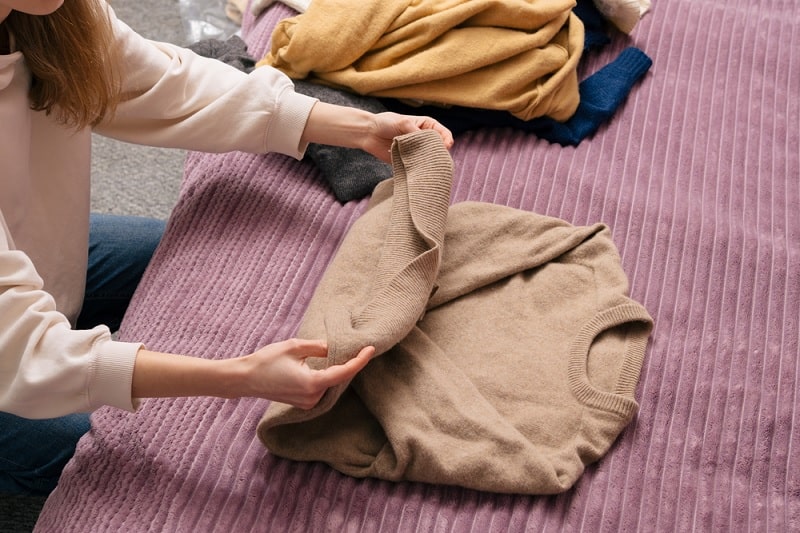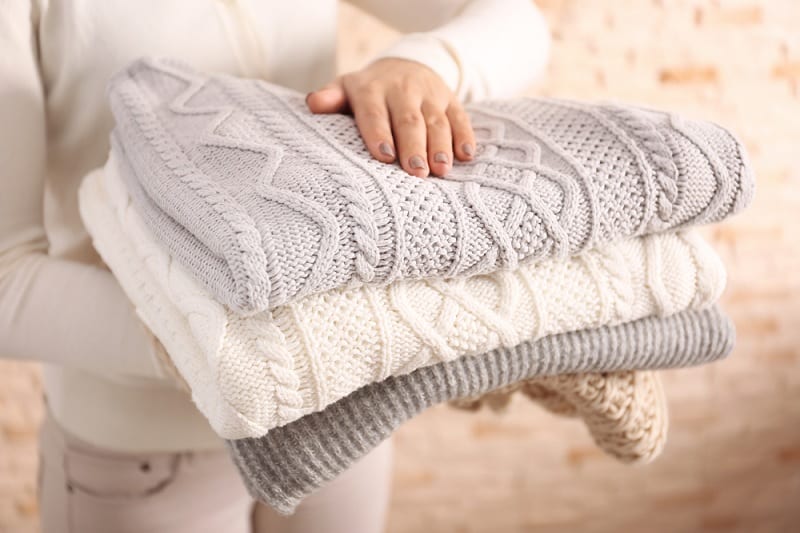Cashmere is a byword of luxury; it sings of softness and the natural fibres offer warmth without being heavy.
Purchasing an article of cashmere clothing can feel a little luxurious in itself—high quality often comes with a high price tag after all.
However, handle your delicate garment with care and it will stay super-soft and silky smooth.
General Cashmere Care Tips
A lot of people are intimidated by cashmere as it has a reputation for being delicate and expensive. Here are some easy ways to make sure your cashmere stays in top condition.
1. Wash sparingly
You don’t need to wash cashmere after every use. Over-washing clothes can damage them.
You can usually wear cashmere three or four times before you need to wash it. If there aren’t any stains and your cashmere sweater doesn’t smell, you can wear it seven times or more before washing it.
Only washing your cashmere when you really need to will help extend its lifespan.
2. Cashmere doesn’t need to be dry cleaned
The care label might say ‘Dry clean only’, but cashmere is fine to wash in water. It’s a myth that cashmere always needs to be dry cleaned.
There are instances when you might want to consider dry cleaning, for example if you have managed to get an unsightly stain on your item. However, it generally isn’t necessary.
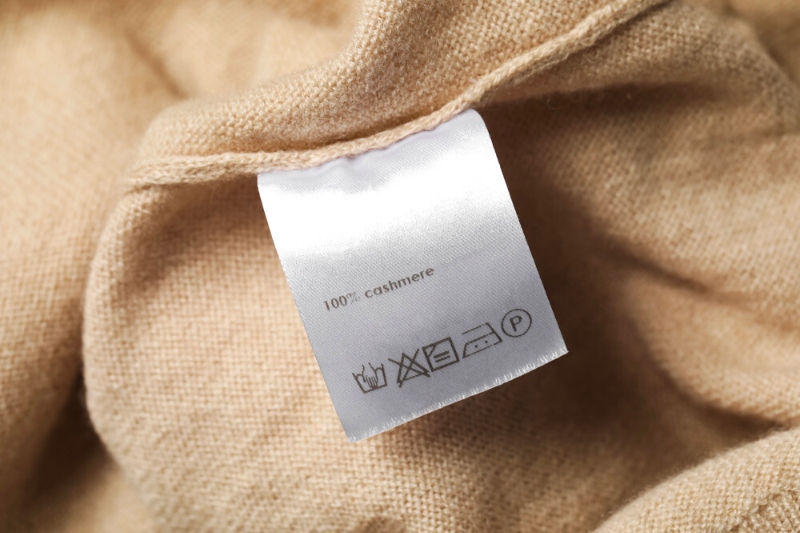
3. Wash at in cold water with a gentle detergent
Cashmere and other types of wool don’t like hot water. 20 or 30°C is ideal for cashmere.
Make sure you use a gentle or wool wash detergent, and cashmere is naturally soft and using fabric softener on it can actually make it stiffer.
If you’re washing by hand, either just use water from the cold tap or make it lukewarm by adding a small amount of hot water. If you’re washing in the machine, choose an appropriate wash cycle with low temperatures and a gentle spin.
4. Dry flat and don’t wring
Hanging cashmere up to dry can cause it to lose shape, especially if it’s sopping wet.
Cashmere should be laid flat to dry. This can mean it takes longer to dry, but this is better than ruining your sweater!
5. Avoid heat (don’t tumble dry)
Cashmere should never be put in the tumble dryer. Instead, lay it flat to dry as we said above.
Cashmere generally doesn’t need ironing, and the heat from the iron can damage it. If it’s very creased, you can iron it briefly on the lowest setting.
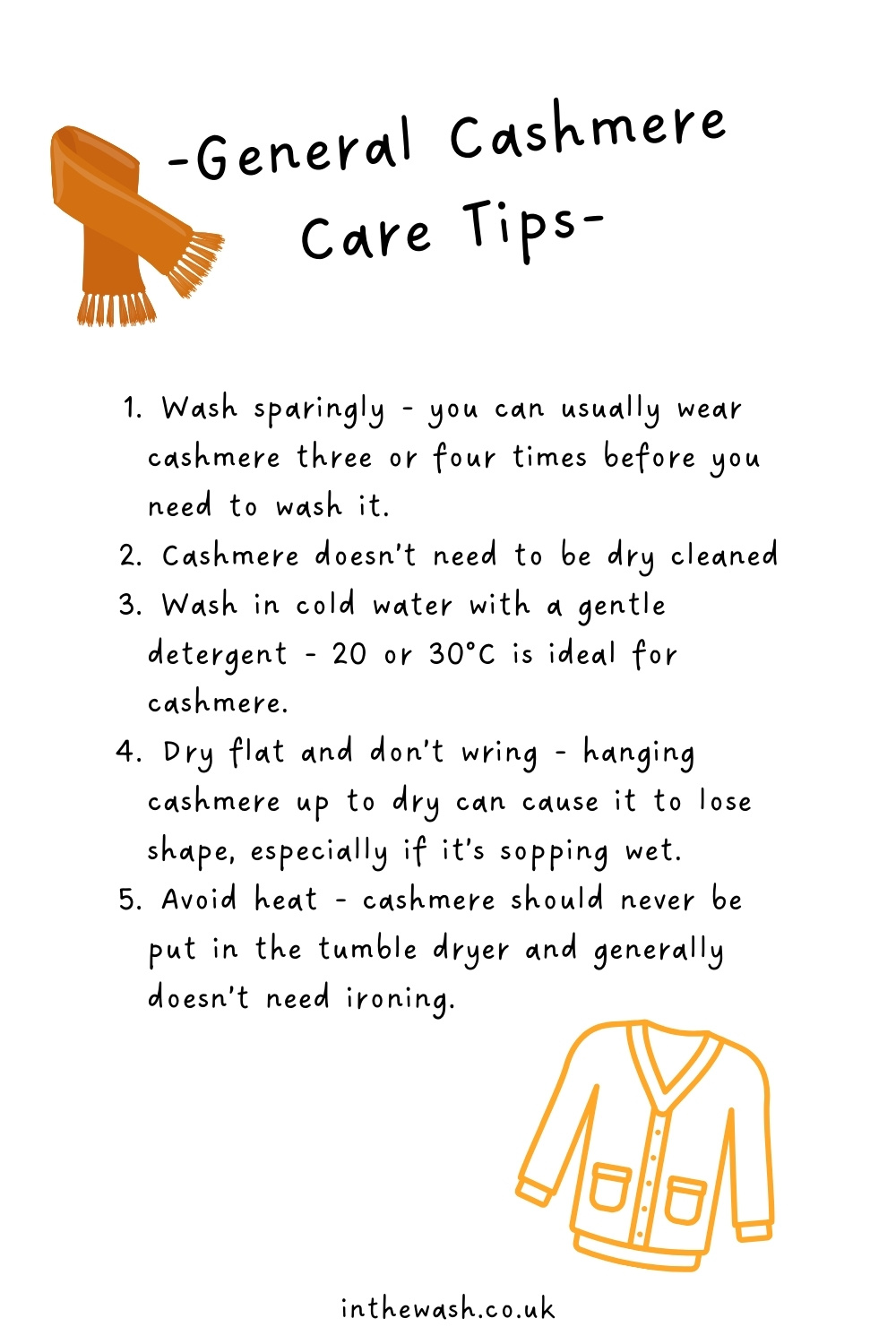
How to Wash and Dry Cashmere
When it comes to washing your garment, please remember the golden rule of cashmere ownership: wear your cashmere sweater or cardigan with pride but be sure to turn it inside out before washing.
Cashmere can draw aromas and stains easily so keeping it clean is important. Pests are less attracted to clean clothes, so are less likely to try and nibble your cashmere if it’s nice and fresh.
Gentle is the keyword here. Washing by hand is ideal, just make sure you do not pull, wring or stretch your garment.
Hand-washing
If you’re washing by hand, follow these steps:
- Fill a basin with cold or lukewarm water (about 20-30°C).
- Add a small amount of mild or wool wash detergent. Mix into the water.
- Submerge the cashmere garment and move it slowly to remove dirt. Don’t wring the fabric or twist it, as this could cause your item of clothing to lose its shape.
- Empty the water and refill it with clean water and no laundry detergent. Rinse the garment, and repeat until the water no longer soapy.
- Lie the garment flat to dry

Machine-washing
You can wash some cashmere garments in your faithful washing machine, but please be careful.
If you decide to do this, be sure to check your machine is on the right setting (Woollens, Delicates or Hand-Wash), and make sure you use a detergent that is suitable for cashmere.
Don’t take garments out sopping wet either. A gentle spin cycle should help remove excess water.
Drying cashmere
Dry your cashmere carefully. Don’t tumble dryer it or hang it on the line or draped over a clothes airer. Gently lay it out flat, away from bright sun.
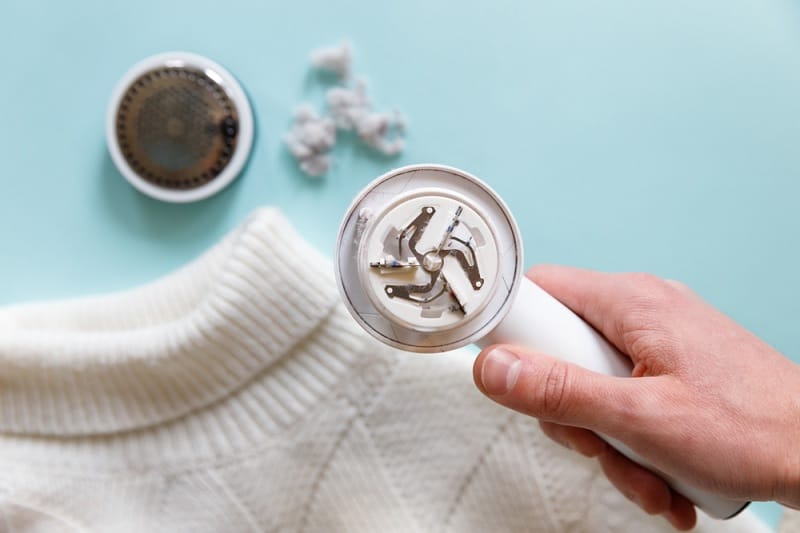
Removing Pilling (Bobbles)
Despite careful care of your garment you may still experience pilling, the tiny fluffy bobbles you can encounter on cashmere.
You might think an expensive garment should not suffer such an affliction, but pilling is actually caused by the delicacy of the fibres and friction of wear.
It’s easy to de-fluff your garment by gently removing the bobbles yourself using your finger and thumb.
Alternatively clever gadgets exist; you can try a cashmere comb or a fabric shaver. Both are readily available to buy and should easily return your favourite sweater to its former glory.
If you care for your cashmere will a delicate touch, store it well, wash it gently and de-fluff it now again you should be able to keep it looking as good as new and continue enjoying the luxurious smoothness, so soft you will want to hug yourself.
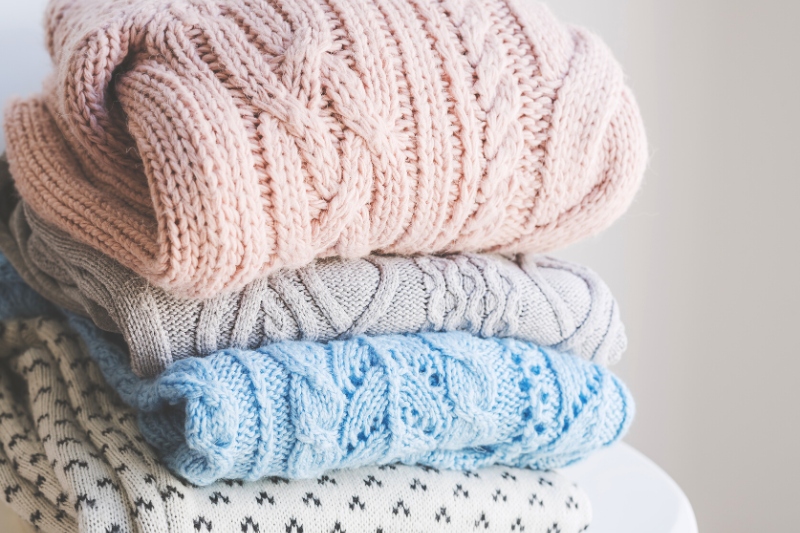
Tips for Storing Cashmere Clothing
Whether you treat yourself to a stylish sweater or a charming cardigan, you won’t be wearing your cashmere every day (although you may want to). So, you will need to think about storage.
Fold, don’t hang
Firstly, always fold your cashmere—hanging is a real no-no and can pull your garment out of shape.
Garments are best folded and kept in drawers, but be vigilant! Cashmere is like caviar to moths and they love the peace and quiet of a dark drawer, so this could be a tempting resting place and a gourmet supper all in one.
Protect from damage
Ensure you open drawers and pull out your cashmere to air it regularly between wears. If you’re not going to be sporting your beloved garment for a while, make sure it’s protected from moths and damp.
Then fold and store it in a garment protection bag. You can also insert tissue paper to discourage creases.
Cotton is the best material for clothing storage bags, as it allows the delicate material to breathe.
Keep your cashmere clothing somewhere free from moisture and make sure it’s not too squashed!
Sealed storage protection bags are also useful for deterring moths and pests. Cedar wood is a great repellent, and it’s readily available.
Pop a couple of balls into the protection bag and drawers for peace of mind. If you don’t have any cedar balls already, you can get a collection of balls and blocks such as the collection shown below.

In The Wash is your guide to the best laundry and cleaning products, tips and tricks. Our mission is to solve the UK’s cleaning and laundry dilemmas!
